The Terror of the New: Interview with Roy Scranton
by Carly Courtney
War veteran, journalist, author, and Princeton PhD candidate Roy Scranton has written for the New York Times, Wall Street Journal, Rolling Stone, Boston Review, and Theory and Event, and has been interviewed on NPR’s Fresh Air, among other media. His new book, Learning to Die in the Anthropocene: Reflections on the End of a Civilization discusses the importance of learning to face ones mortality when up against the worst enemy humankind has ever faced: climate change.
(available now at http://www.citylights.com/book/?GCOI=87286100064510 )
Roy Scranton’s essay, “The Terror of the New” was written as a response for a panel titled “Innovative Aesthetic Approaches to the ‘Global War on Terror’” at the 2013 & Now Conference of Innovative Writing & the Literary Arts, in Boulder, Colorado. The panel included Jena Osman, Philip Metres, and Hilary Plum.
How did you decide to sequence the many different elements of your essay?
My essay grew from the insight, present in Stockhausen’s comments about 9/11 and in Don DeLillo’s comments (voiced by Bill Gray) in Mao II, that there is a profound connection between modern art and contemporary terrorism. The organization of the essay was intended to explore that insight, first through Stockhausen and one of his critics, then expanding out through Adorno’s work until we finally arrive at the moment where we can see ourselves addressing the question of “innovation” in art practice.
What do you mean by the Satanic Modernism you reference in your essay, and do you believe it will continue to inspire destruction (to create True art, horrifically compelling) until there is nothing left, or will something stop the cycle of annihilation?
While the modernist ideology of artistic innovation remains potent, it seems too passé where it it not being actively critiqued by contemporary art producers who are more interested on the one hand in recombination, recycling, and recontextualization, and on the other in producing increasingly banal art commodities that come to buyers as if already pre-consumed (Jeff Koons being the most eminent example).
Have people continued to become more and more aware of (and concerned with) what the government is doing “abroad, to others, and at home, to us” since you began writing your essay?
The current debate over the acceptance of Syrian refugees might be seen as a symptomatic argument over the repressed memories of our wars in Iraq and Afghanistan. Americans, much like any other people, are primarily narcissistic in their orientation, and only think seriously about other peoples when they are forced to, usually by violence.
Do you think (if a conservative republican was to be elected president) the increase in censorship in time will lead us back into a Renaissance era of art (not “horrifically compelling,” beautiful but safe, like portraits, etc.)?
Ever since art developed out of religion into its own sphere of human culture, it has almost always lived on patronage. This was true even during the brief explosion of democratic arts in the West in the nineteenth and twentieth centuries. State censorship is not a great worry in the US, because the forces that constrain artistic and literary discourse operate primarily through self-censorship, non-governmental institutional norms (e.g., MFA programs), and market forces.
Scranton, Roy. “Learning to Die in the Anthropocene, Reflections on the End of a Civilization.” City Lights Publishers, n.d. Web. 21 Nov. 2015.

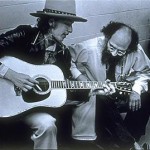
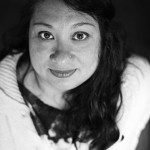
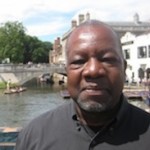

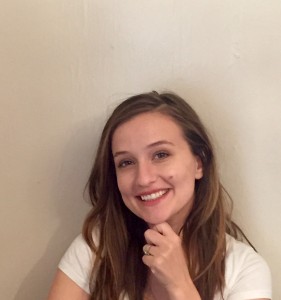 and, with their practices, making its inhabitants gravely ill.
and, with their practices, making its inhabitants gravely ill.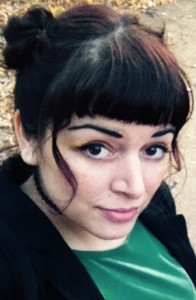 Tara E. Tomaino is a student of poetry at Sierra Nevada College’s low-residency MFA program and the Poetry Editor for the Sierra Nevada Review. She enjoys spending quality time with her cat and her never ending rolodex of thoughts in Dark City (Asbury Park), NJ.
Tara E. Tomaino is a student of poetry at Sierra Nevada College’s low-residency MFA program and the Poetry Editor for the Sierra Nevada Review. She enjoys spending quality time with her cat and her never ending rolodex of thoughts in Dark City (Asbury Park), NJ.